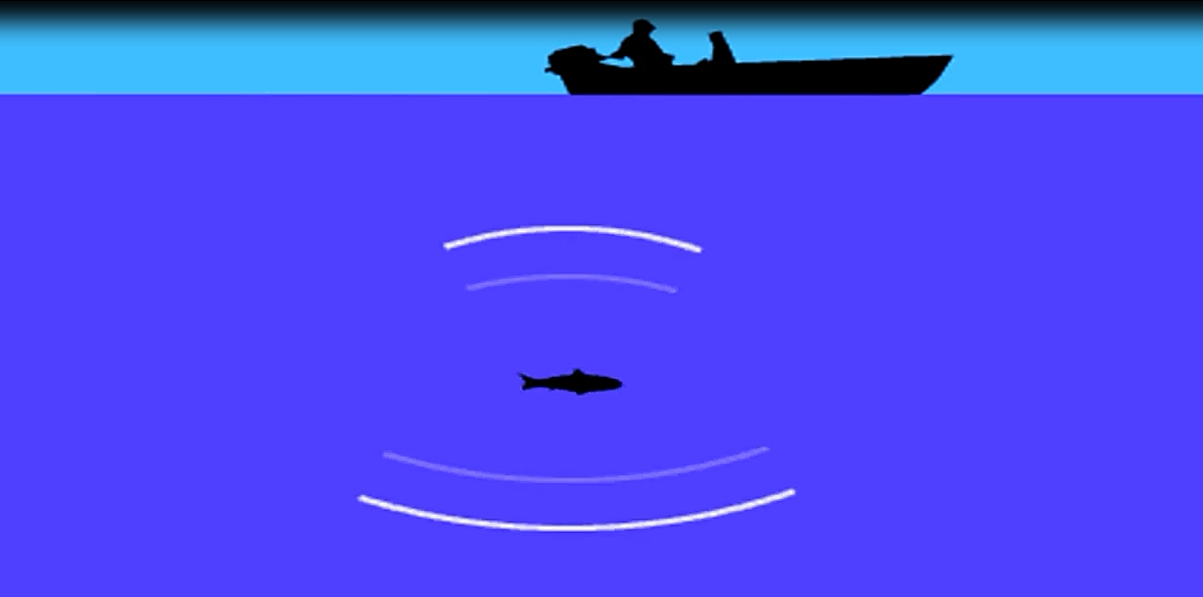Last updated on July 31st, 2022 at 03:46 pm
Last updated on July 31st, 2022
Fishing has been there for quite some time, evolving every passing time. It could be passed on through generations of families of fishers, considered a sport or even for the fun of it (leisure activity).
But fishing is not easy, especially without skill and practice; However, with the help of advanced technology, it has become so easy to do a lot of things, one of which is fishing.
With the invention of the fish finders, both fishers and those who fish for sport, find it so easy and fun to fish. This is because it incorporates technology to fishing work or sport. However, not many people know how these devices work.
Well, handling it could be easy, but understanding the applicability and the technology behind the fish finder can be a little hard to comprehend. But here’s a brief overview of the entire process and the functioning of the fish finder.
How fish finders work
Fishfinders incorporate the technology of SONAR; sound navigation and ranging to find fish in the water. It’s easy to handle hence can be used by the fishermen in the seas or oceans.
It has two parts, the computer; used for display. It’s often placed on the boat or handheld if you are not fishing in the deep waters. It displays the fish and the depths of the water as well.
The other part is the transducer; this is the part underwater. It navigates and establishes the situation then transmits the information back to the display. The transducer sends sonar waves into the water.
When they hit anything in the water, they estimate the size and the depth at which the object is at then transmit this information back to the display. The information acquired is meant to enhance the sport by estimating the position of the fish.
However, the sonar doesn’t discriminate as it sends estimates of any object it comes across. On receiving the information back on display, you can then use it to target the fish, as you know the depth of the water, how far they are, and more importantly, the shape of the bottom surface. You are hence able to choose the weights, lures appropriately, among other equipment you could use.
Other than locating fish, the fish finder can be used to locate other items in the sea, for instance, logs, rocks, shallow waters, and other hazards to avoid them or act accordingly. You, however, need to interpret the information correctly to act accordingly.
Since the fish finder will only give you a rough estimate of the various depths and location of the items. You need to be keen to interpret the data properly. Otherwise reading the data is quite simple and anyone could do it.
There are a lot of fish finders in the market. You could even purchase one online, and it’s delivered to you. You only need to define what you are looking for in a fish finder then go and get it.





